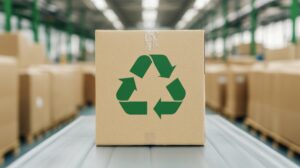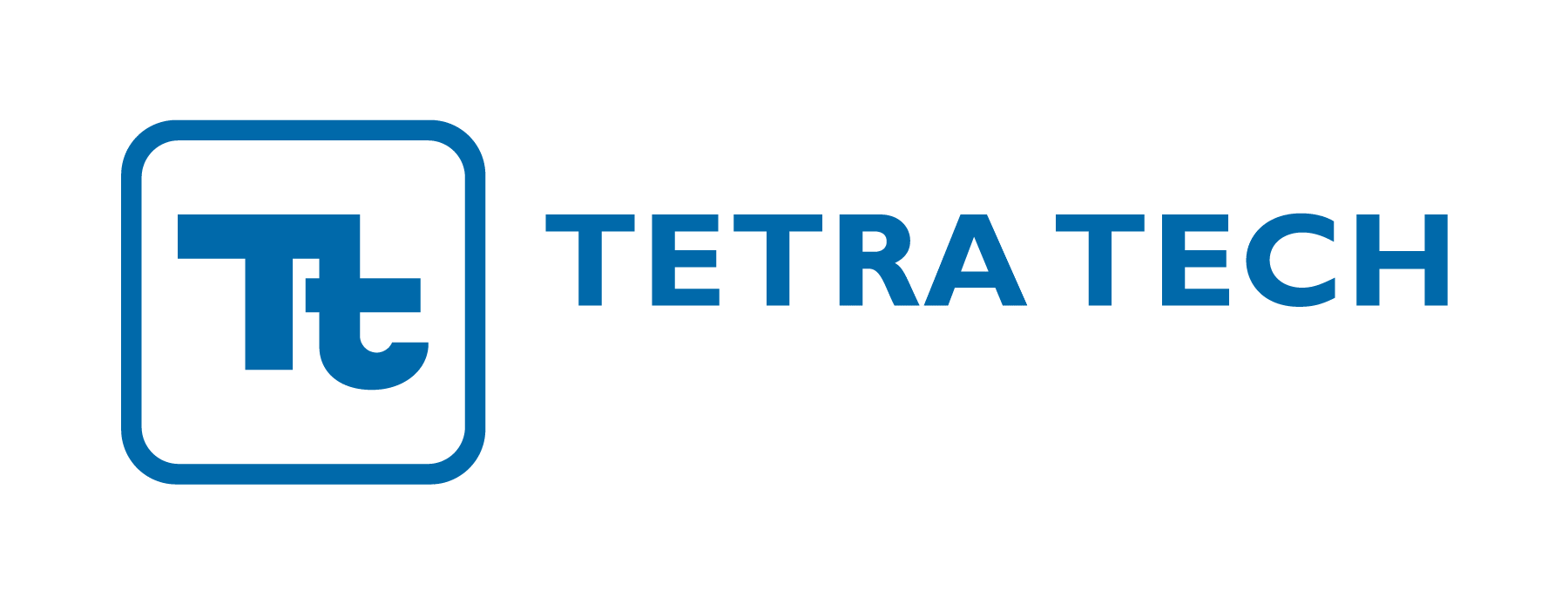Climate change is a global problem that requires global solutions. However, finding solutions that can realistically function worldwide between nations with differing climate goals can be a challenge. As the European Union (EU) raises its own climate ambition, they have unveiled the Carbon Border Adjustment Mechanism (CBAM), a new initiative aimed at reducing carbon emissions when products are transferred between the EU and countries with less stringent climate policies.
If you are new to importing in the EU or need help improving the efficiency of your regulatory reporting, don’t hesitate to contact us today at [email protected]. We have years of experience reporting in EU markets and can help you establish an effective reporting system.
What is the CBAM Regulation?
The Carbon Border Adjustment Mechanism is a tariff on carbon-intensive products imported by the EU. As the world’s first carbon border tax, meticulously crafted under the European Green Deal, CBAM aims to address carbon leakage and enhance carbon emission reduction strategies.
As defined by the EU, carbon leakage occurs when companies operating within the EU relocate carbon-intensive production to countries with more relaxed climate policies. It also happens when EU products are substituted with imports that have a higher carbon intensity. CBAM aims to put a fair price on the carbon emittedduring the production of carbon-intensive goods that are entering the EU and to encourage cleaner industrial production in non-EU countries.
On October 1, 2023, CBAM entered into application in its transitional phase, with the first quarterly reporting period for importers ending on January 31, 2024. CBAM is slated for total enforcement by January 2026.
Who Needs to Comply with CBAM?
While this is an EU law, it will impact companies worldwide, as international companies must adapt to EU regulations to keep their products on the EU market. This means that even if you do not import any products directly into the EU you may be asked now to support your EU customers on this, similar to how non-EU companies are asked to support REACH. Beginning January 1, 2026, only registered declarants will be allowed to import CBAM goods.
CBAM applies to imports of covered goods from all non-EU countries except those linked to the European Union Emissions Trading System (EU ETS). This currently includes Iceland, Norway, Liechtenstein, Switzerland, and five other minor territories. The customs authorities of the EU member states are obliged to monitor the movement of goods and to deny the import of CBAM goods by non-registered declarants. Importers who are subject to registration obligation may apply for authorization beginning on January 1, 2025.
CBAM Categories
CBAM will initially cover the importation of specific goods with carbon-intensive production that poses the highest risk of carbon leakage. These include cement, iron and steel, aluminum, fertilizers, electricity, and hydrogen.
Once fully phased in, CBAM’s scope will expand to capture more than 50% of the emissions in ETS-covered sectors. The objective of the transitional period is to serve as a learning phase for all stakeholders (importers, producers, and authorities) and to collect useful information on embedded emissions to refine the methodology for the definitive period.
CBAM Compliance Transitional Measures
The gradual implementation of CBAM will allow for a smooth transition for EU and non-EU businesses and public authorities. During this transitional phase, importers of goods under the new rules must report greenhouse gas emissions (GHG) embedded in their imports, encompassing direct and indirect emissions. No financial payments or adjustments are mandated during this initial reporting period.
Companies may initially choose from three reporting options:
- Full reporting according to the new methodology (EU method).
- Reporting based on an equivalent method.
- Reporting based on default reference values (only until July 2024).
After January 1, 2025, only the EU method will be accepted for reporting.
Notably, estimates, including default values, can only be used for complex goods if these estimations constitute less than 20% of the total embedded emissions. The Commission published default values on December 22, 2023.
Looking Ahead
Once CBAM permanently enters into force on January 1, 2026, importers will need to declare each year the quantity of goods imported into the EU in the preceding year and their embedded GHG. They will then surrender the corresponding number of CBAM certificates. The price of the certificates will be calculated depending on the weekly average auction price of EU ETS allowances expressed in €/tonne of CO2 emitted. The phasing-out of free allocation under the EU ETS will occur in parallel with the CBAM phasing-in from 2026-2034.
A review of CBAM’s functioning during its transitional phase will be concluded before the definitive system enters into force. At the same time, the product scope will be reviewed to assess the feasibility of including other goods produced in sectors covered by the EU ETS in the scope of the CBAM, such as certain downstream products and those identified as suitable candidates during negotiations. The report will include a timetable setting out their inclusion by 2030.
Get CBAM Support
As businesses begin CBAM quarterly reporting and prepare for its full implementation, proactive engagement and understanding of the evolving regulatory landscape will be key.
If you are a newcomer to EU imports or looking to improve the efficiency of your CBAM regulatory reporting, contact us today at [email protected]. With our deep-rooted experience in EU market reporting, we can guide you in establishing a robust reporting framework.






